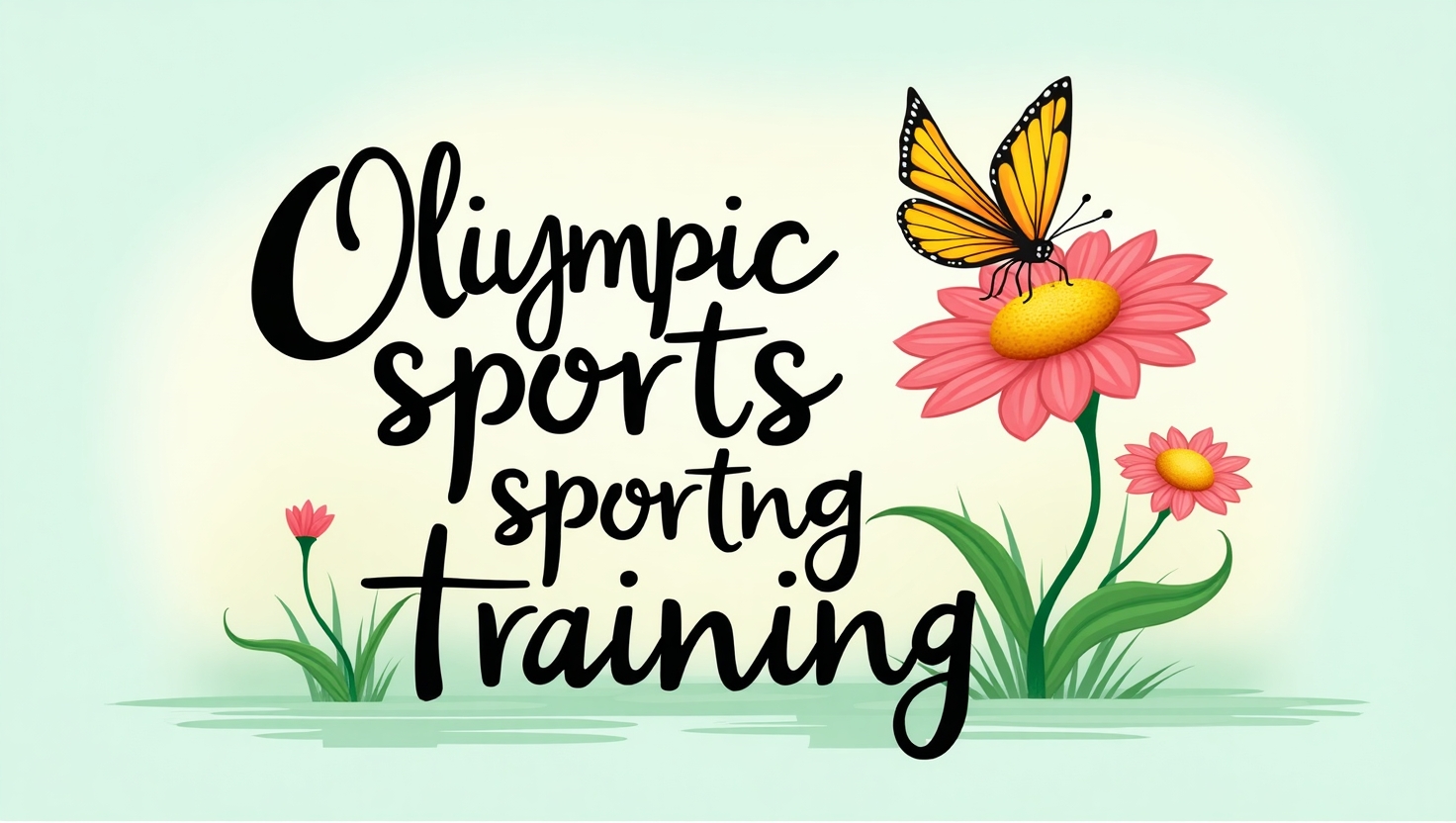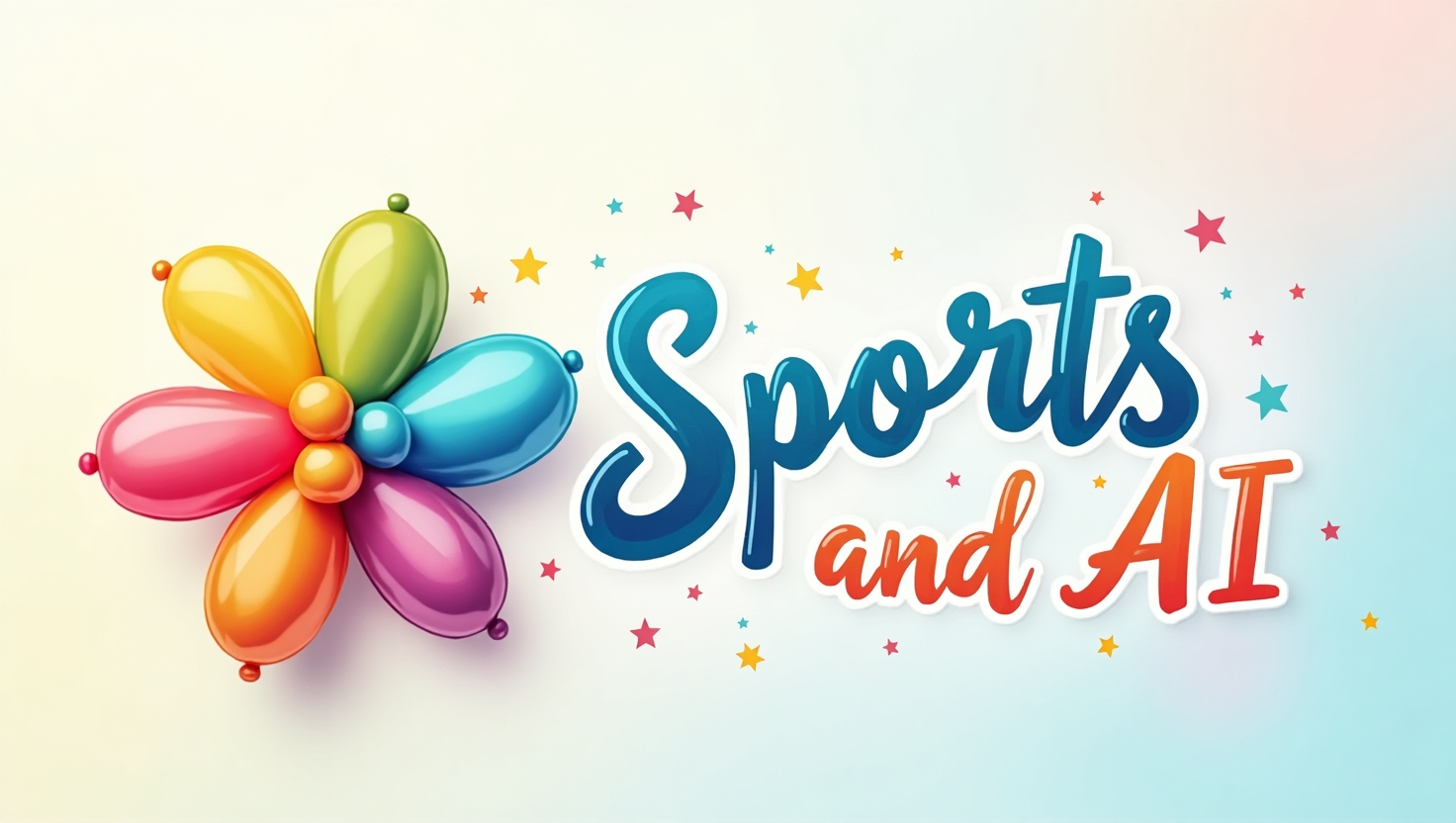The Olympic Games represent the pinnacle of athletic performance, and behind every gold medal is years of intense preparation, discipline, and innovation. In 2025, Olympic sports training has evolved with the help of advanced technology, data-driven techniques, and personalized programs tailored to each athlete’s unique strengths and weaknesses. As athletes gear up for Olympics 2028 in Los Angeles, their training regimens are more strategic and science-backed than ever before.
This article explores how Olympic hopefuls are preparing in 2025, the modern methods being used, and how athletes across various sports are pushing their limits in pursuit of Olympic glory.

1. The Evolution of Olympic Training
Olympic training has always demanded peak physical conditioning, but the modern era has introduced a more holistic approach. In 2025, athletes focus not only on strength and endurance but also on mental health, recovery, nutrition, and biomechanics.
The goal is no longer just hard work—it’s smart work. Training programs are now customized using AI and machine learning, allowing coaches to fine-tune every aspect of performance. Whether it’s swimming, gymnastics, athletics, or team sports, precision and personalization are key.
2. High-Tech Training Facilities
National Olympic committees and private training centers now house state-of-the-art facilities equipped with motion tracking, virtual reality (VR), and performance analytics systems. These tools help athletes and coaches monitor posture, speed, reaction time, and more in real time.
For example, sprinters use high-speed cameras and pressure sensors to perfect their starts and stride lengths, while swimmers train in flumes that replicate various current conditions. VR simulations are also being used in sports like fencing and skiing, allowing athletes to mentally rehearse competitive scenarios.
3. AI and Data Analytics in Sports
Artificial Intelligence plays a major role in 2025 Olympic training. AI-powered platforms collect data from wearables, heart rate monitors, and GPS trackers to analyze training loads, fatigue levels, and injury risks. This allows for data-driven decisions on when to push harder and when to rest.
For team sports like soccer or basketball, AI is used to study opponent strategies, player movements, and even in-game decision-making. This level of insight enables Olympic teams to simulate real matches during practice, making their gameplay sharper and more tactical.

4. Strength and Conditioning
Strength training remains a core part of Olympic preparation. Athletes follow sport-specific strength and conditioning programs, focusing on power, agility, flexibility, and endurance.
- Weightlifters work on explosiveness with compound lifts and plyometrics.
- Gymnasts emphasize bodyweight control, flexibility, and core strength.
- Endurance athletes like marathon runners focus on aerobic capacity and lactate threshold training.
Recovery is just as important. In 2025, athletes use cryotherapy, compression gear, massage therapy, and sleep optimization tools to bounce back from grueling workouts.
5. Sports Psychology and Mental Fitness
Mental preparation is no longer an afterthought. With the pressure of global competition, Olympic athletes now include sports psychologists and mental coaches as part of their core training teams.
Visualization techniques, mindfulness, and focus drills are part of daily routines. Apps like Headspace or Calm have created athlete-specific programs, and biofeedback machines help athletes control stress and anxiety.
Mental resilience training ensures that athletes remain composed under pressure, whether facing a final match or executing a high-difficulty move in gymnastics.
6. Nutrition and Personalized Diet Plans
In 2025, Olympic nutrition has become incredibly sophisticated. Athletes work with sports dietitians who analyze metabolic rates, blood tests, and food sensitivities to create tailored meal plans.
- Carb-loading cycles for endurance athletes
- High-protein diets for muscle repair in strength sports
- Timed hydration strategies for peak performance in hot climates
Supplements, electrolytes, and recovery smoothies are carefully planned around training intensity. Wearable devices also track hydration and calorie burn in real time, allowing for instant adjustments.
7. Specialized Training Across Sports
Different Olympic sports require unique training styles:
- Swimmers train up to 6 hours daily, splitting sessions between pool work and dryland strength training.
- Track athletes mix sprint drills, hurdle work, and resistance training to build explosive power.
- Boxers and martial artists balance sparring with strength work, speed drills, and strategy planning.
- Cyclists and rowers use simulators, altitude chambers, and wattage trackers to maximize endurance.
- Team sports like hockey, volleyball, and soccer involve coordination, tactical drills, and continuous performance reviews.
These specialized regimens ensure that athletes peak at just the right time—usually within a four-week tapering phase before major competitions.

8. Global Training Partnerships
In 2025, the Olympic training community has become truly global. Athletes often train in international camps, collaborate with overseas coaches, and participate in global competitions for exposure and improvement.
Countries like the USA, China, Australia, and Germany have established international training exchanges, helping athletes learn new techniques and strategies from the best in the world.
Conclusion: Training for Olympic Excellence in 2025
Olympic sports training in 2025 is a powerful mix of tradition and innovation. It blends grit and determination with science, technology, and global collaboration. As athletes gear up for the 2028 Summer Olympics in Los Angeles, their preparation showcases the incredible discipline, adaptability, and passion required to reach the podium.
Whether it’s a gymnast performing a flawless routine or a sprinter chasing a world record, every performance begins with months—if not years—of smart, structured, and strategic training.



